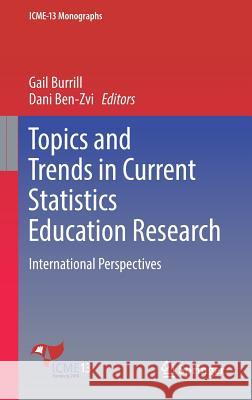Topics and Trends in Current Statistics Education Research: International Perspectives » książka
topmenu
Topics and Trends in Current Statistics Education Research: International Perspectives
ISBN-13: 9783030034719 / Angielski / Twarda / 2019 / 422 str.
Kategorie:
Kategorie BISAC:
Wydawca:
Springer
Seria wydawnicza:
Język:
Angielski
ISBN-13:
9783030034719
Rok wydania:
2019
Wydanie:
2019
Ilość stron:
422
Waga:
0.79 kg
Wymiary:
23.39 x 15.6 x 2.54
Oprawa:
Twarda
Wolumenów:
01
Dodatkowe informacje:
Wydanie ilustrowane











